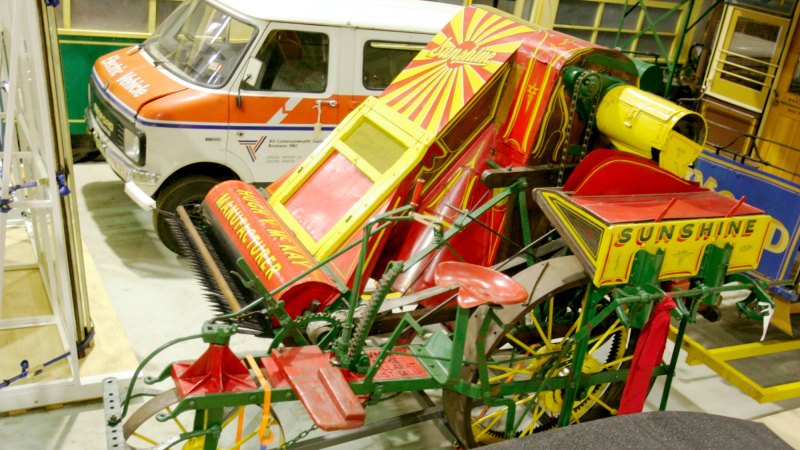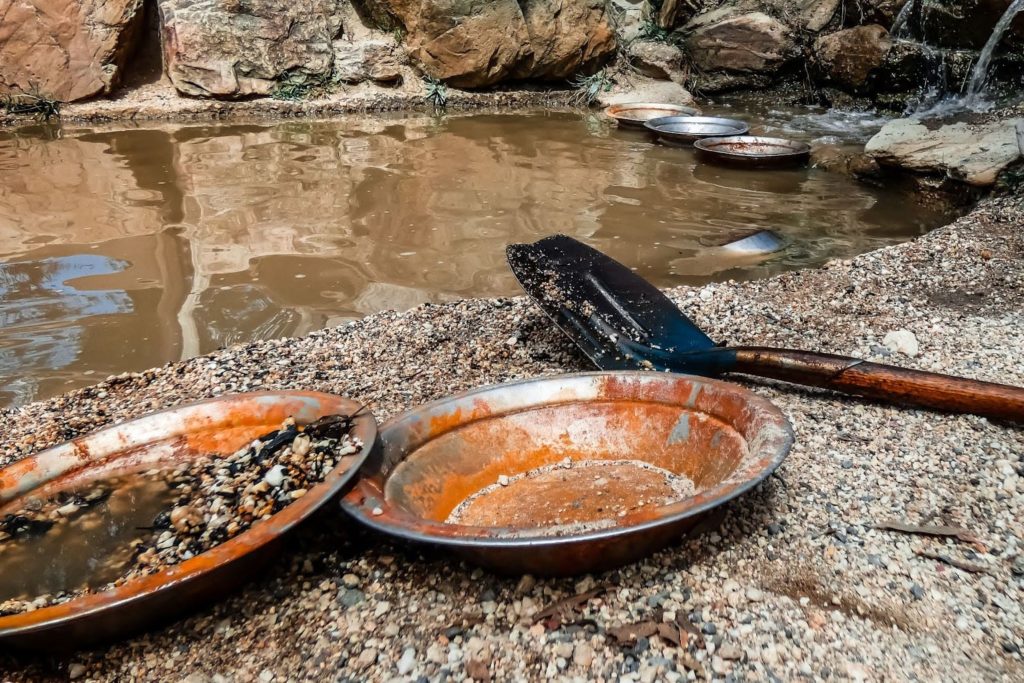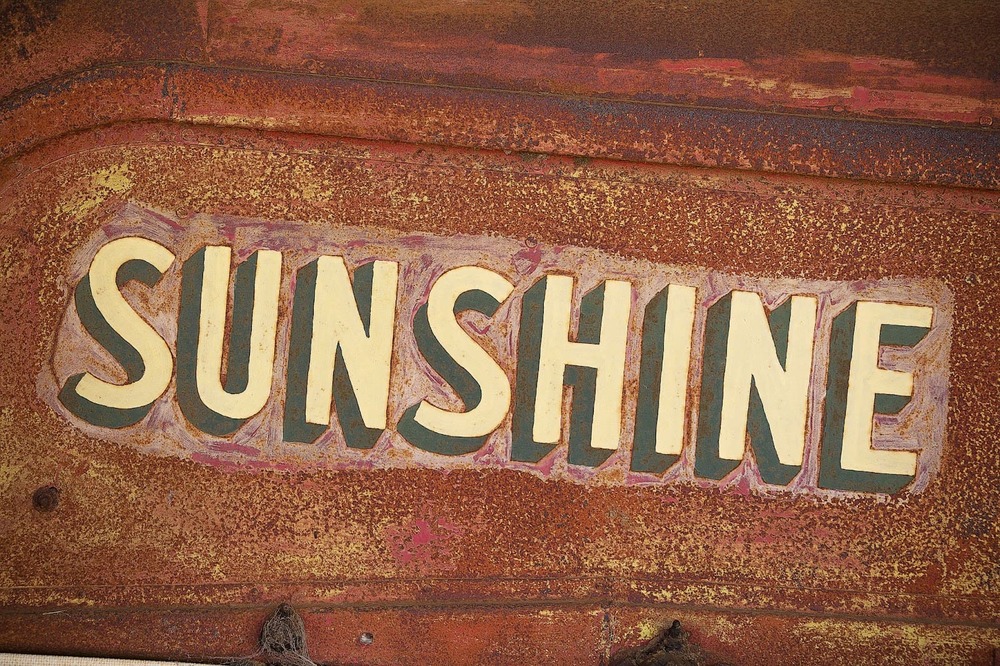History of the Sunshine Harvester in Australia
Hugh Victor (H. V.) McKay was one of the first Australians to create and test a stripper-harvester. He built the harvester on the family farm at Drummartin. His father and brother helped him create the machine using spare parts from other machines.
After successfully testing the machine, McKay patented it in 1885, and so the long Sunshine Harvester history in Australia began. During that history, McKay’s life and reputation progressed a long way for humble beginnings.
Key points
- Hugh Victor (H. V.) McKay was one of the first Australians to create and test a stripper-harvester.
- McKay patented the “Sunshine” harvester in 1885.
- McKay moved his business from Ballarat to Braybrook Junction in 1906 and the area was renamed Sunshine the following year.
- The history of Sunshine as a brand lasted 80 years.
Origins of Hugh Victor McKay
McKay was the fifth of 12 children born to Irish immigrants Nathaniel and Mary McKay who emigrated to Australia from County Monaghan in 1852. Their aim was originally to take advantage of the goldfields in the Victoria area.
However, Nathanial McKay eventually became a farmer. Hugh began helping on the farm after he left school at the age of 13. It was here that he built the harvester which was to define the rest of his life.
History of the Sunshine Harvester – the early days
Directly before he developed the harvester, McKay was having problems as his agricultural implements manufacturing business was ruined during the economic depression in Australia in the 1890s.
Following the development of his harvester, which he named the Sunshine, McKay’s Ballarat-based business became successful. He increased production of the Sunshine from 12 in 1895 to 500 by 1901. At this point, he was looking for the opportunity to expand his business.
The opportunity presented itself in 1906 when McKay moved his business from Ballarat to Braybrook Junction. The benefits provided by this new venue included its proximity to a major railway station which provided access to farming districts in Victoria and the Port of Melbourne. This was a valuable asset for a company that was already involved in the export market.
Renaming of Braybrook Junction and industrial unrest
In 1907 Braybrook Junction was renamed Sunshine as a result of the contribution the Sunshine Harvester Works made to the area. This contribution included enabling workers to buy houses and use facilities including tennis courts, gardens, and a church. They also lived in tree-lined avenues and had electricity supplied by the Sunshine factory.
Not everything went swimmingly for the Sunshine Harvest Works after it moved to its new location. In 2011, the company was subject to industrial action. The action began on 16 February and was the result of the employer’s refusal to enforce a closed shop.
The strike only lasted 13 weeks and the Agricultural Implement Makers’ Union (AIMU) was crippled by the end of it and was unable to take any significant industrial action for the following 10 years.
After the end of the action, H. V. McKay introduced labour-saving machine tools, as well as a piecework system and time-and-motion studies. The firm balanced this system which was likely to be unpopular with workers by offering long-term employment and opportunities for promotion. Skilled tradesmen were usually recruited from the workforce and given apprenticeships.
Sunshine harvester heyday to today
During its heyday, the Sunshine harvester was at the forefront of farming technology in Australia. The machine was able to strip, thresh, winnow, and bag grain in a single operation. An example of one of the early harvesters is now owned by the National Museum of Australia.
The success of Sunshine lasted for 80 years. During the 1920s, it was the largest industrial enterprise in the Southern Hemisphere. This put it at the centre of social and economic development in Australia and it also played a major role in the global mechanisation of agriculture.
At the time of H.V. McKay’s death in 1926, the factory covered an area of 76 acres. Canadian farm machinery manufacturer Massey Harris bought a controlling interest in the company in 1930. The operations of the two companies in Australia merged under the name H.V. McKay Massey Harris Pty Ltd.
This new company was absorbed into the Massey-Ferguson global enterprise in 1955 becoming Massey Ferguson (Aust.) Limited. The situation changed again in 1992 when the new company merged with the Australian distributor of the Japanese tractor manufacturer Iseki and became Massey Ferguson Iseki Australia Limited. The new combined company became AGCO Australia Ltd in 1994.
The site of the Sunshine Harvester Works is now alive with shops, offices, and car parking. Some pieces of the Works remain in street names and preserved structures, but the buzz of the Sunshine factory is long gone although the name remains famous across Australia.



